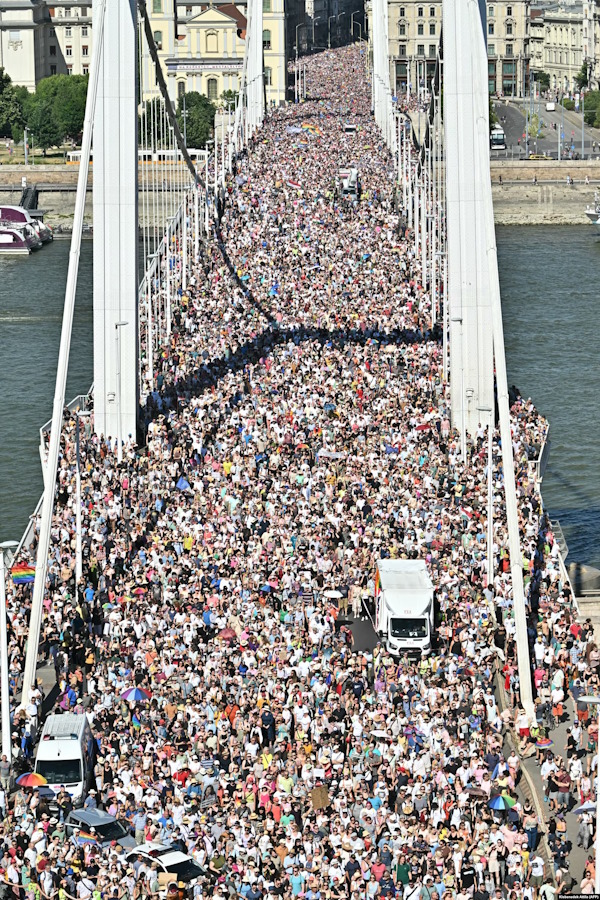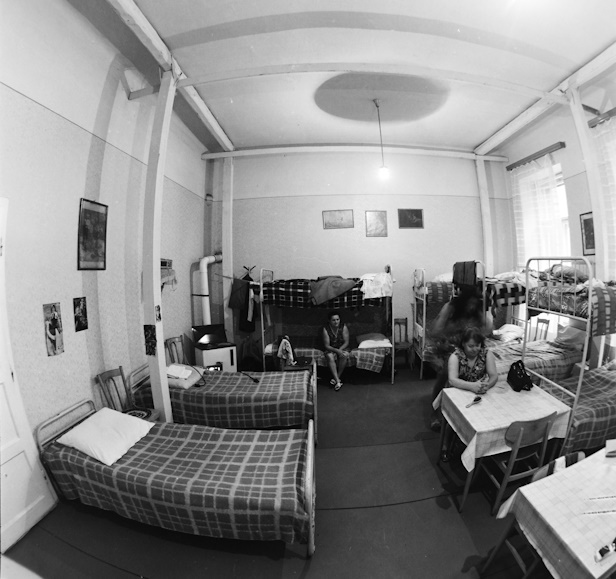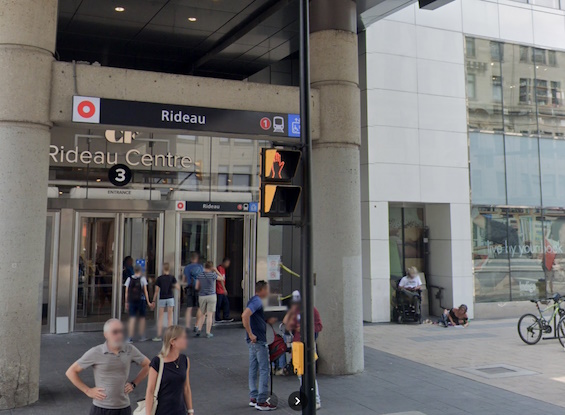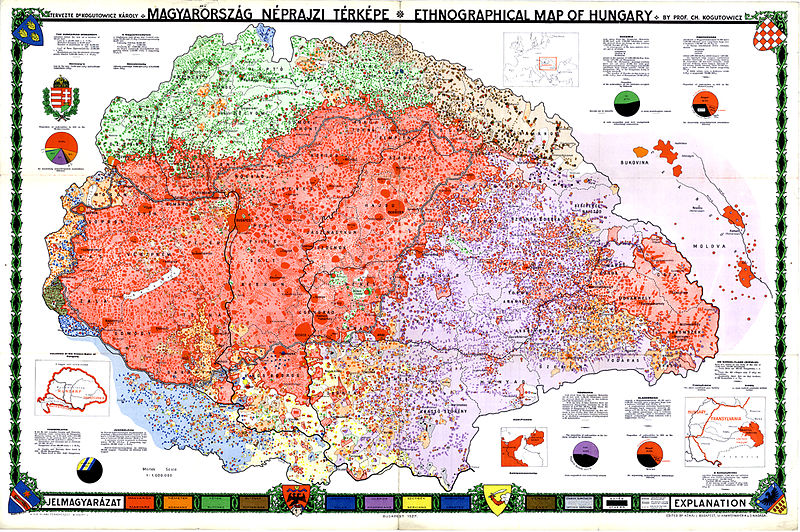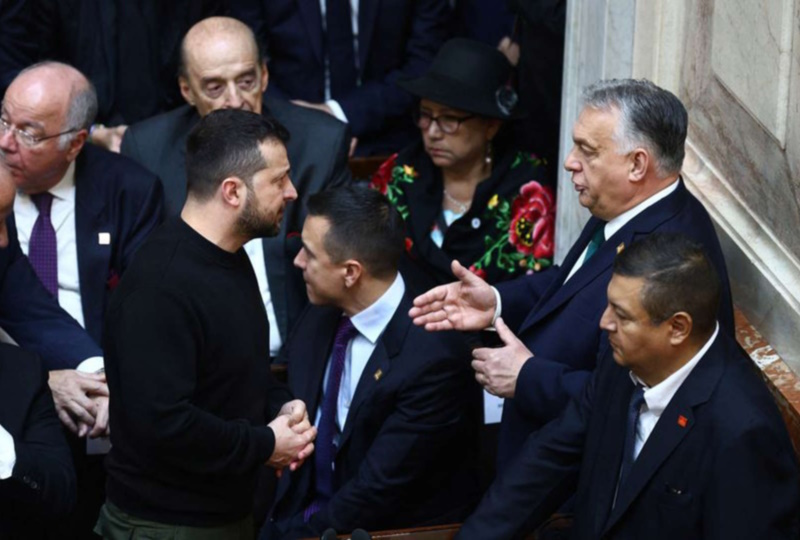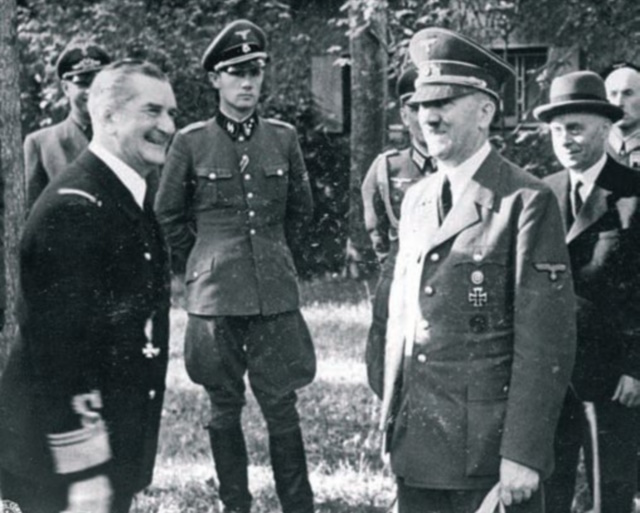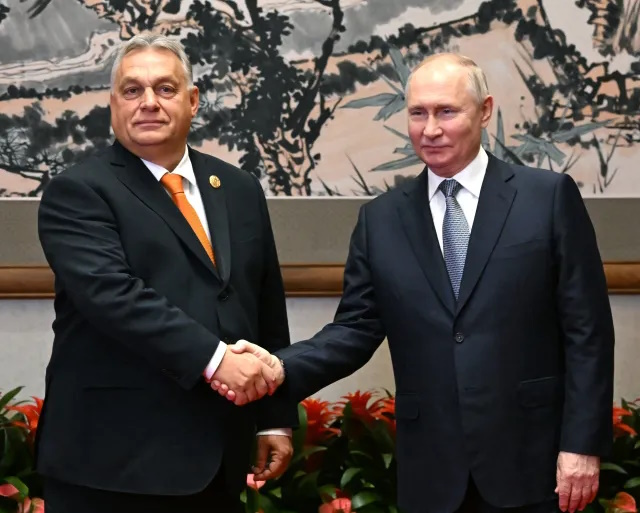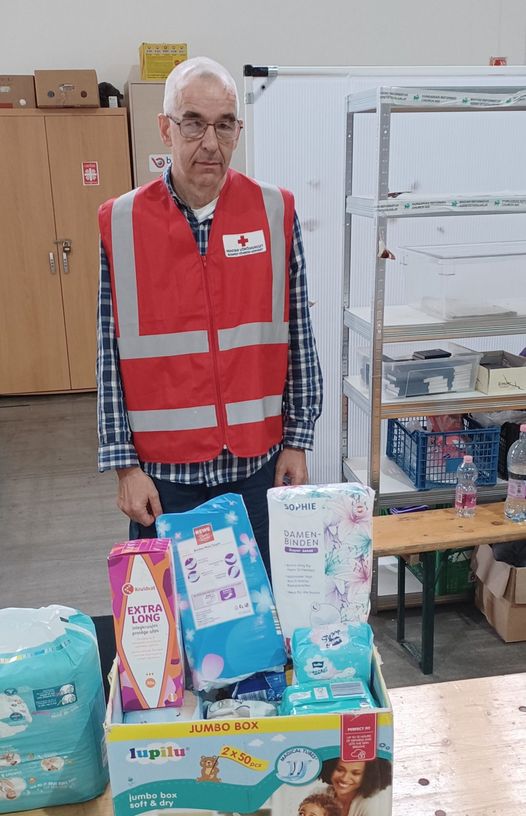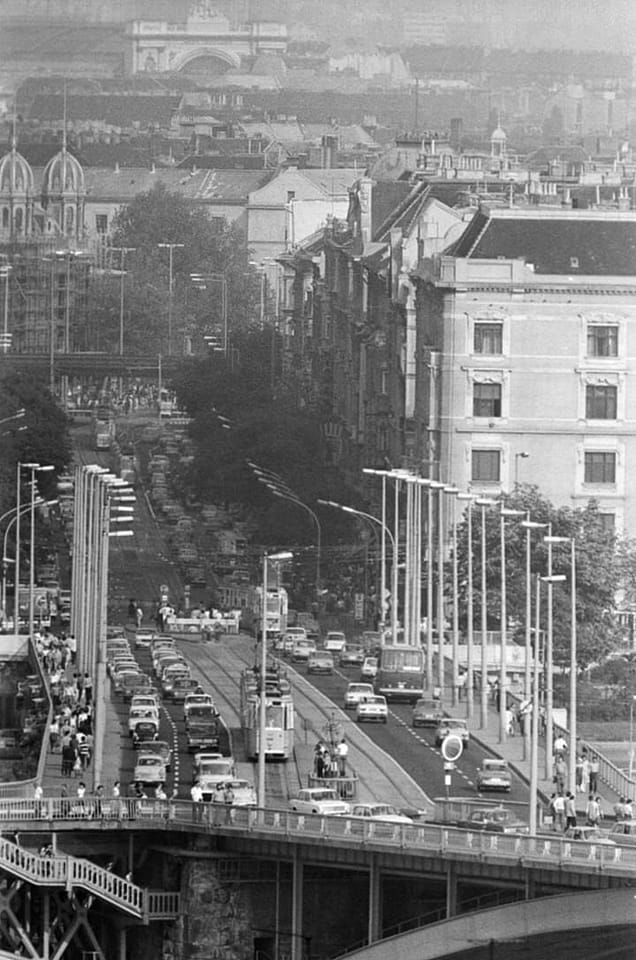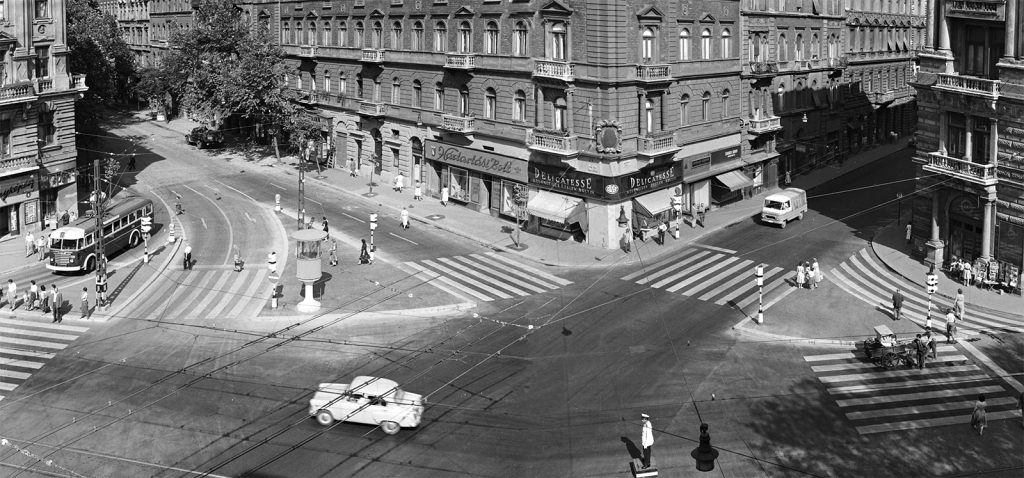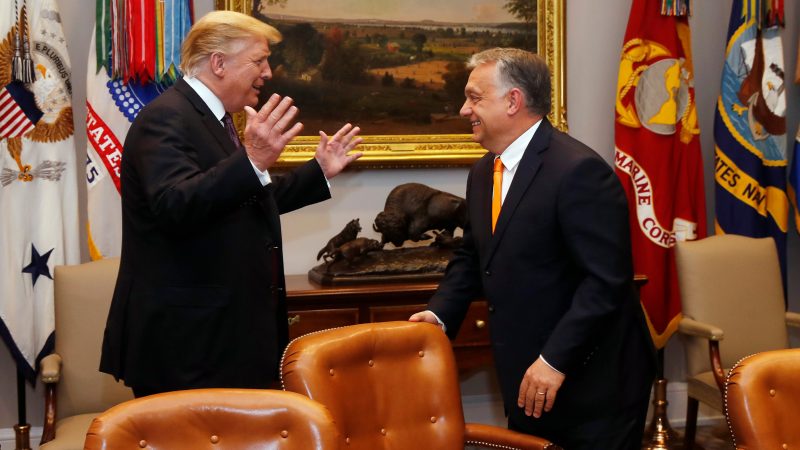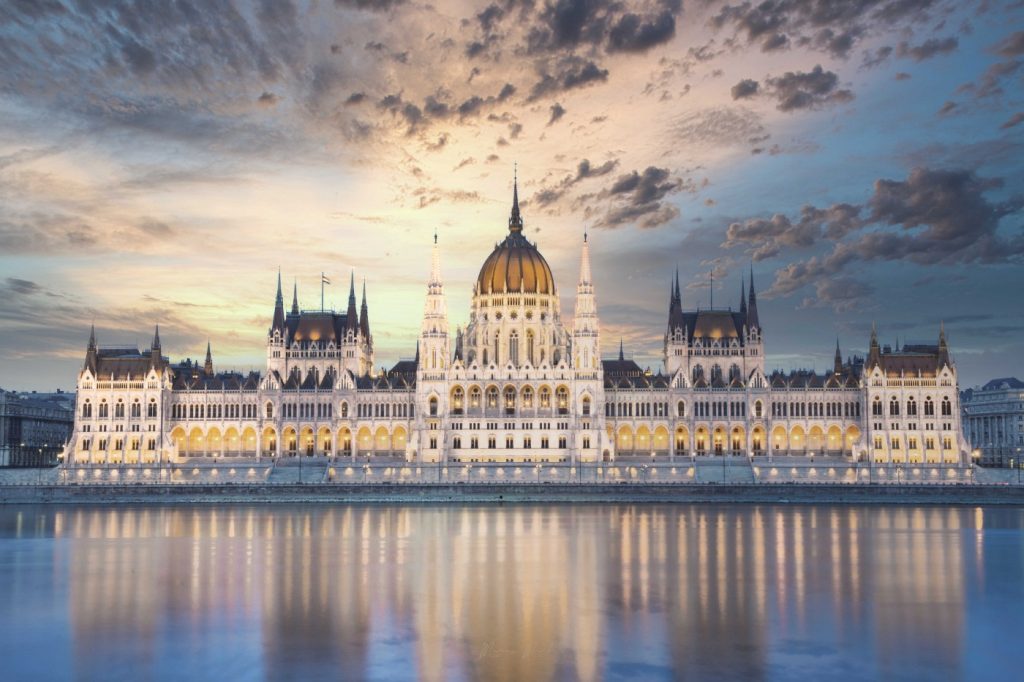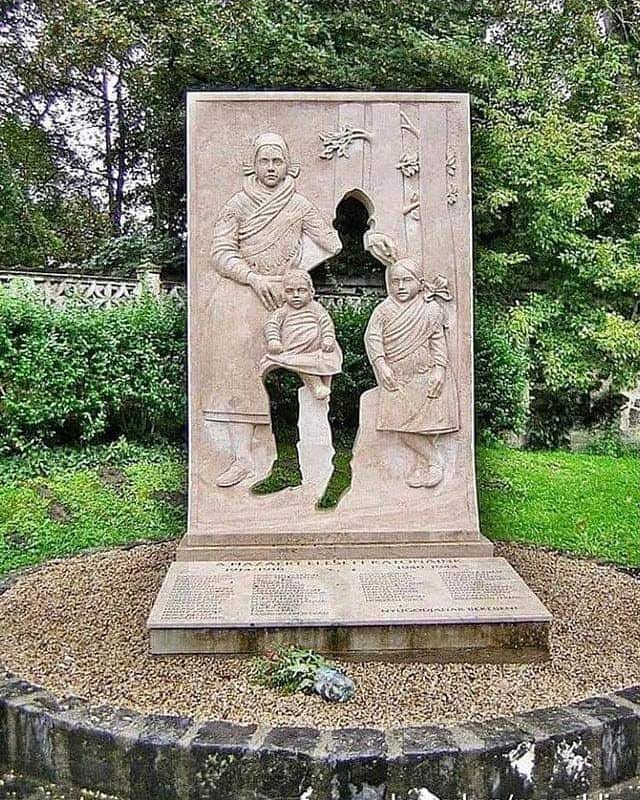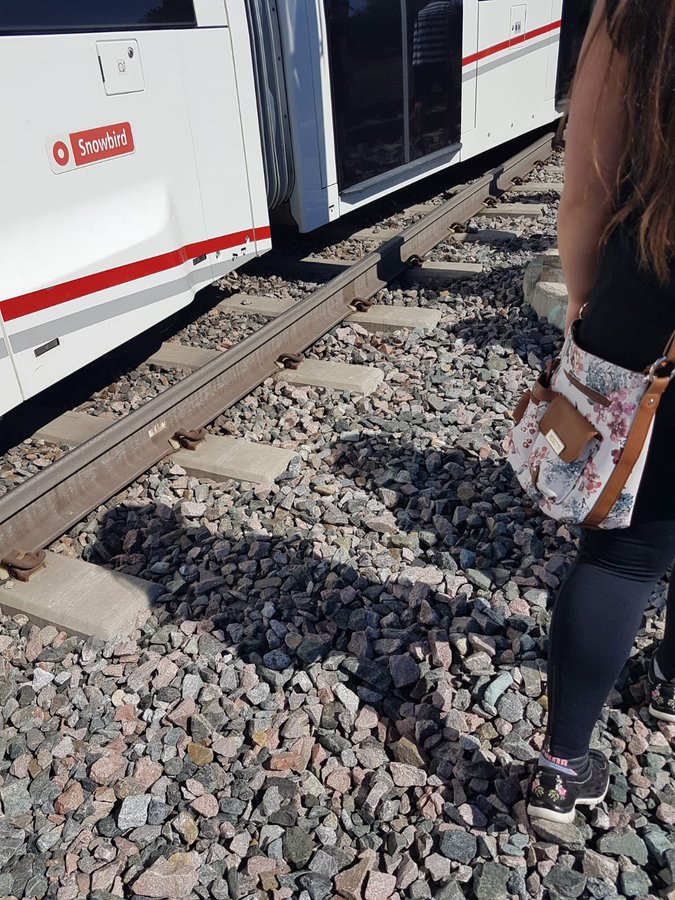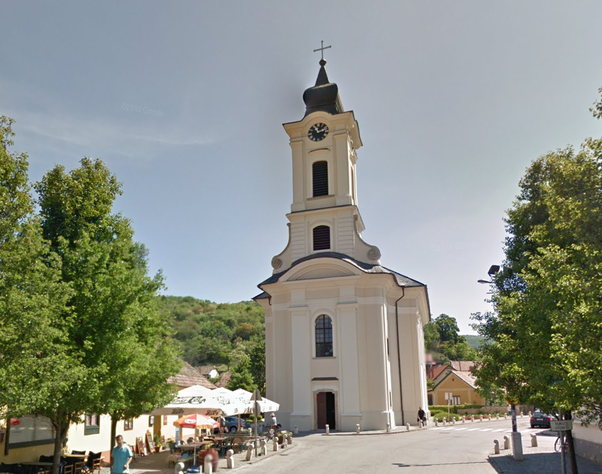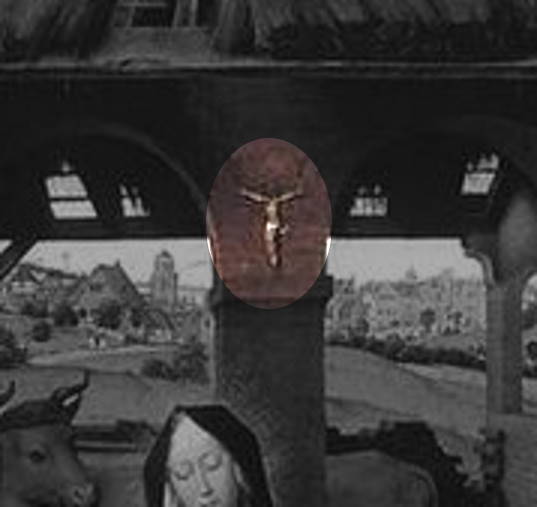Allow me to let my imagination go wild.
Imagine a country in which access to health care — basic health care, no fancy machines, but competent, well-trained professionals — is easy. Want to see a cardiologist? Go to the local clinic, cardiology is on the third floor to the left, present your ID card and within 30 minutes, an assistant will call you by name and you’re talking to a cardiologist. Or any other specialist, for that matter. Oh, and if your child is sick, the pediatrician will make house calls. Free of charge, as all of this is covered by the public health insurance system.
Imagine emergency services that work. An ambulance system that, barring large-scale natural disasters, does not know the meaning of “level zero”. Emergency rooms that always have the capacity, at least in normal times, to quickly process patients and accommodate them.
Imagine hospitals that are well staffed and have surplus capacity. In particular, imagine mental hospitals that host many mental patients, including patients who, though not raving lunatics, are nonetheless incapable, for one reason or another, of leading proper lives independently, and would end up homeless, crippled with addictions or worse, if they were not institutionalized.
Imagine a country with no real homelessness. Sure, if you are in dire straits, you may not be able to find luxury accommodations, but you’ll not be left outside: If nothing else, a shared room will be available in a workers’ hostel or dormitory, with a bed and a wardrobe that you can call your own, but eventually, you might be able to get at least a tiny apartment, not much, just a bedroom, a toilet, a shower and a cooking stove, but still. Your place. One that will not be taken away so long as you pay the subsidized rent and don’t exhibit outrageous behavior.
Imagine a merit-based system of tertiary education that does not cost a penny. Institutions that teach valuable skills in the sciences, engineering and the arts, not made-up diplomas that exist only to serve some ideological or political agenda. Institutions that kick you out if you do not meet minimum criteria, fail your exams, fail to complete your assignments.
Imagine a cheap public transit system that… just works. Reliably. The subway runs 20 hours a day, with all maintenance done, properly completed, during the overnight hours. Buses and trams arriving on time, a system only interrupted on rare occasions by major weather events or large accidents.
A pipe dream, you say? Maybe… except that what I am describing is the reality in which I grew up, in the goulash communism of behind-the-Iron-Curtain Hungary.
To be sure, things didn’t always work as advertised. There was no homelessness epidemic, but young people often ended up paying through the nose to live in sublet properties, often just a bedroom in someone else’s apartment. The health care system was nominally free, but people felt obligated to pay real money, a “gratitude”, under the table to compensate severely underpaid doctors and other health care professionals.
No, I do not want to pretend that life under communism was great. After all, I “voted with my feet”, leaving behind my country of birth, opting to begin a new life starting with nothing other than the contents of my travel bag and a few hundred dollars in my wallet in 1986. Nonetheless, my description of Kadar-era everyday life in Hungary reflects the truth. That really is the way the health care system, public housing, public transportation or tertiary education simply worked. Worked so well, in fact, we took them for granted.
The fact that these things today, in the capital city of a G7 country, namely Ottawa, Canada, are much more like pipe dreams, much farther away in reality than in Kadar’s communist dictatorship 50 years ago…
The mind boggles. Seriously, what the bleep is wrong with us?
